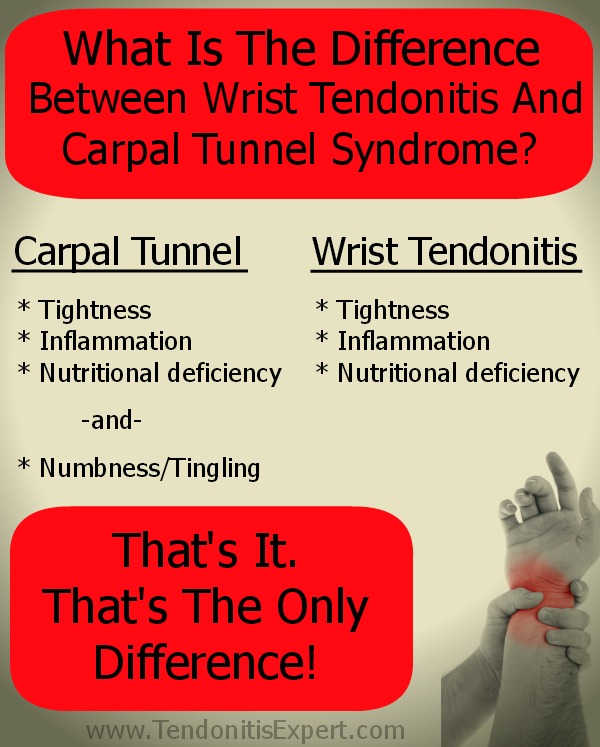Rhabdomyolysis
A Quick Trip To The ER
Rhabdomyolysis, or Rhabdo for short, is the kind of physical problem that you want to avoid at all costs.
Rhabdomyolosis results primarily from two causes: Statins like Crestor and Lipitor, and crushing and/or impact damage that injures muscle tissue.
Ultimately, so much toxin is released into the blood stream that the kidneys get overwhelmed and fail.
Full blown Rhabdo is an emergency room, critical care sort of problem. Leading up to full blown Rhabdomyolysis, you're going to feel like you want to go the the ER.
What Is Rhabdomyolysis?
Rhabdomyolysis is a heightened state of intracellular fluids being released into the circulatory system. The worst case complication of this status is kidney failure (renal failure) and death.
Rhabdo is an acute, rapidly developing, and potentially fatal dynamic of muscle cell death and the resulting release of toxins into the bloodstream.
Specifically, whether as a Quinolone Antibiotic Side Effect, or from Statins or traumatic injury, damage to muscle tissue causes it to quickly break down. This die off results in the toxic release of myoglobin and other products from the muscle cell dying/breaking down and being released into the bloodstream.
Symptoms of Rhabdomyolysis include muscle fatigue, weakness, ache and pain, and discoloration of the urine to a red, brown, cola color.
What Causes Rhabdomyolysis?
There are a variety of causes, including viral infection, but the two I will focus on are the use of a class of cholesterol lowering drugs called Statins, and traumatic injury from falls, large impacts, earthquakes and bombings.
Kerri from www.Easy-Immune-Health.com, from her 14+ years as an ER/ICU nurse, says that the most common instance of Rhabdo she has seen is the instance of a little old lady/man who fell down and couldn't get up, laying on the floor for hours or days.
How Does A Fall Cause Rhabdomyolysis?
Let's use the little old lady example.
An elderly woman, for whatever reason, falls to the floor. She lands hard, which causes large bruising, muscle cell death, possibly even breaking a bone(s).
Then she lays helpless on the floor for an entire day, let's say.
She lays without moving, on that same damaged muscle. This in itself causes damage. Circulation is impacted, bruising and swelling and damaged tissue filling with fluid is causing large amounts of fluid to move to places it usually isn't.
Essentially the same thing happens when a brick wall falls on a person in an earthquake, or then get hit with the shockwave from an explosion. Massive damage causes a rhabdo dynamic.
This extra fluid filling the damaged tissue is a medium for the iron filled hemoglobin to spread from damaged cells to the surrounding fluid. This gets returned to the circulatory system, which is filtered by the kidneys.
The hemoglobin (and dangerous levels of potassium, among other things) overwhelm the kidneys filtering capability.
Rhabdomyolysis can cause kidney failure. Renal failure is fatal.
In short, deadly damage to muscle cells releases toxic byproduct into the bloodstream. Too much of that and one can get fatal damage to the kidneys.
How Do Statins Cause Rhabdomyolosis?
Statins like Lipitor disrupt the creation of CoQ10.
CoQ10 is essential for the production of muscle cell enery and mitochondrial activity.
No energy, no life, cell dies. When the cells die, this creates toxicity.
If there is enough cell death, then the body get's overloaded with 'bad things'.
A large number of the MILLIONS of people on Statins have side effects of muscle ache and pain and fatigue. This is due to CoQ10 deficiency and the body's resulting inability to produce necessary energy in the cells.
For more on this topic, see Statins and Muscle Pain.
For the most part, the chances of getting Rhabdo from Stations is relatively small. But .5%, or 1% of 100+ million statin prescriptions equals a LARGE number of people.
Does Crossfit Cause Rhabdoymolysis?
Crossfit has gotten a bad rap for 'causing rhabdo'.
Does Crossfit Cause Rhabdo? No it does not. Neither does marathon running, powerlifting, bicycling, or any other sport.
What causes rhabdo is making your muscles work more than your body is capalbe of. Pushing your body past a save zone.
The problem of rhabdo and sports is that if an athlete THINKS that they're doing ok but continue to push themselves, they can push their body past it's safe limits.
That's where problems kick in. Do 100 more pushups than your system can handle and that just might be a problem. But that's no different than running 20 miles more than your system can handle.
The sport or activity doesn't particulary matter. What matters, as it always has, is an athlete's relationship with their body, their awareness, the level of health and physicality, etc.
Rhabdoymolysis and CPK Levels
Creatine Phosphokinase (CPK) is an enzyme. The more CPK in your blood, the more muscle damage you have. This can be from skeletal muscle damage, or from heart muscle damage.
When doing a CPK blood test for Rhabdo, doctors also need to check for heart damage, because levels can be just as high from heart damage as from muscle damage.
High CPK levels are an indicator of a variety of muscle diseases and problems, not just Rhabdo.
The 'normal' CPK levels are between 25 and 170. Over this number, and you have muscle cell damage happening.
You can have high(er) CPK levels and not have Rhabdomyolysis.
You can have muscle cell death happening, and never get to Rhabdomyolosis.
You have to have -enough- cell death and -enough- myoglobin and other toxic dead cell byproducts to overwheml the system. That' when you enter Rhabdomyolysis.
For more information off-site about CPK and the test for it, click on the following link. National Institute of Health's Creatine Phosphokinase Test page.
Return to the top of this Rhabdomyolysis page.
Go to the main Tendonitis page.
Go to the TendonitisExpert.com homepage.
